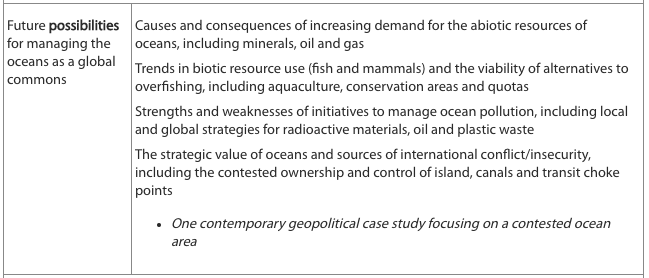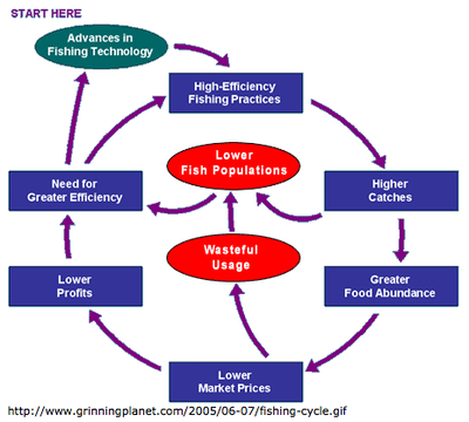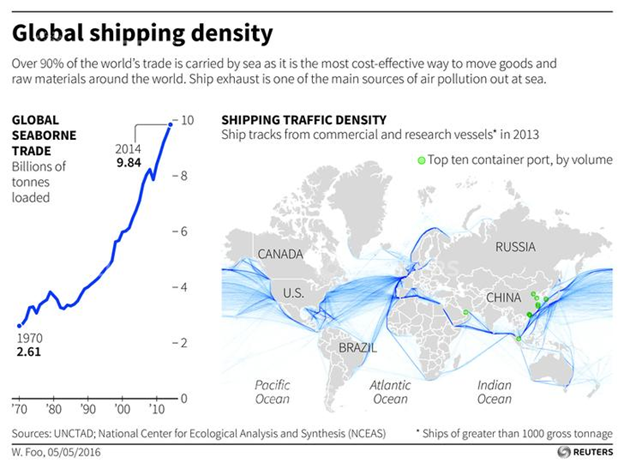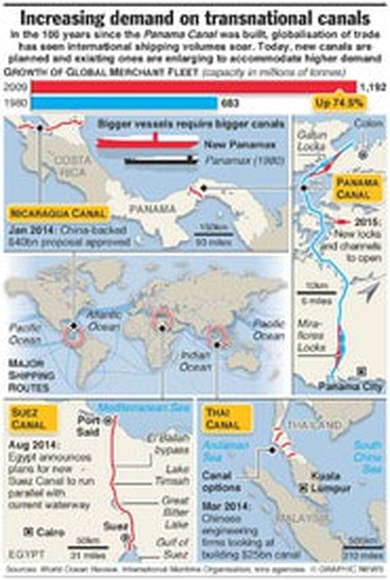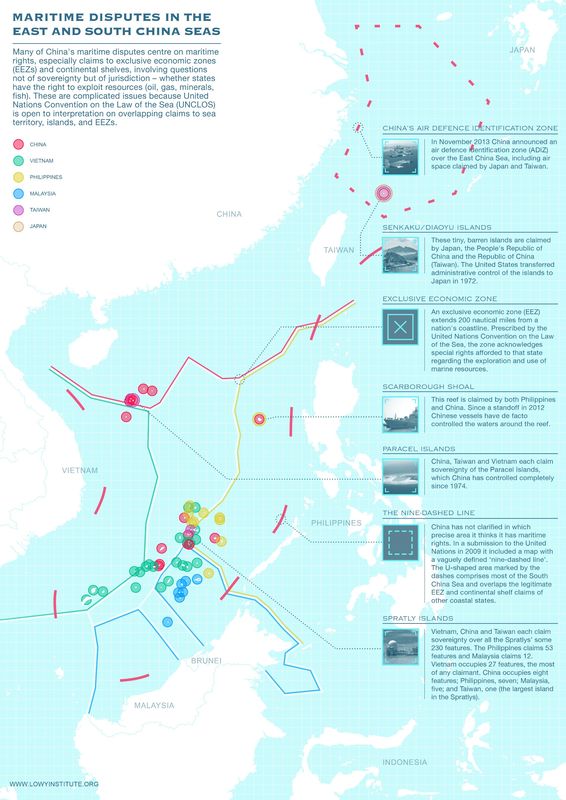4. Ocean Management Futures
Syllabus Link: Future possibilities for managing the oceans as a global commons
|
|
|
Increasing Demands for Abiotic Ocean Resources
Causes and consequences of increasing demand for the abiotic resources of oceans, including minerals, oil and gas
|
|
|
|
Table: Summary table on abiotic ocean resources
Website: Minerals in our oceans
PDF: Marine energy & minerals
Article: Deep sea mining possibly as dangerous as land based mining
Article: Alarming scale of sand mining revealed
|
|
|
|
Trends in Biotic Resource Use
Trends in biotic resource use (fish and mammals) and the viability of alternatives to overfishing, including aquaculture, conservation areas and quotas
Introduction & trends
|
|
|
|
|
|
|
|
|
Notes: Biotic use of ocean notes
Article: New map shows the impact of fishing
Website: Stop overfishing
Article: One fish at a time - Indonesia's remarkable victory
Conservation & sustainability
|
|
|
|
Aquaculture
|
|
|
|
|
Ocean Pollution Management Initiatives
Strengths and weaknesses of initiatives to manage ocean pollution, including local and global strategies for radioactive materials, oil and plastic waste
|
|
|
Pollution Issues
|
|
|
|
Table: Notes on ocean pollution management
Facts: Ocean pollution facts
Website: Ocean pollution issues
Article: Sailors work to clean up Ko Samet oil spill
Local Pollution Management Strategies
|
|
|
|
|
Global Pollution Management Strategies
|
|
|
|
|
The Strategic Value of Oceans
The strategic value of oceans and sources of international conflict/insecurity, including the contested ownership and control of island, canals and transit choke points
|
|
|
|
Geopolitical Case Study of the South China Sea
One contemporary geopolitical case study focusing on a contested ocean area
|
|
|
|
Article: What we need to know about the dispute
Article: Territorial disputes in the South China Sea
Article: BBC - Why is the South China Sea contentious?
Article: NY Times - China's sea control is a done deal short of war
End of Unit Unit Synthesis Connection Activity
- Case study of Thai Shrimp Farming
- Activity: The hidden cost of cheap shrimp
- Starter: Sort it out a shrimple starter
- Videos: Hidden cost of cheap shrimp
Extension
|
|
|

